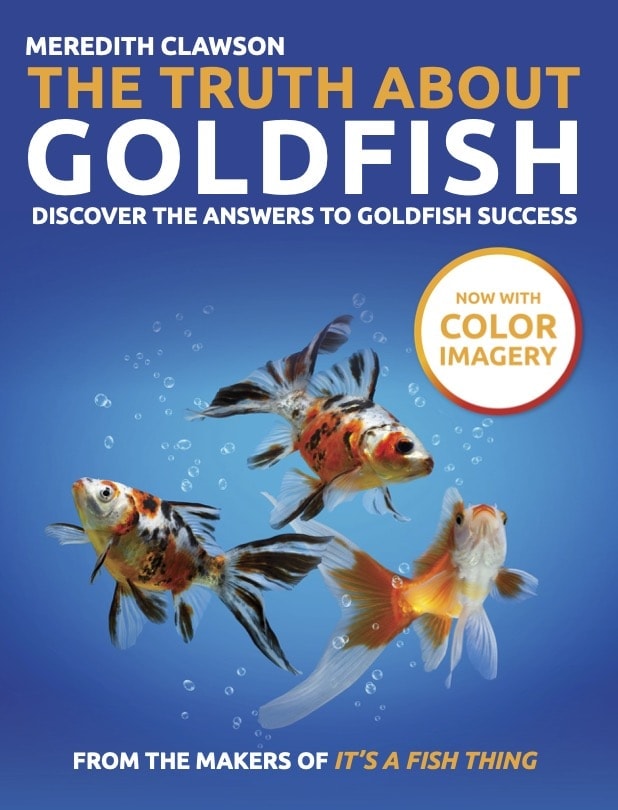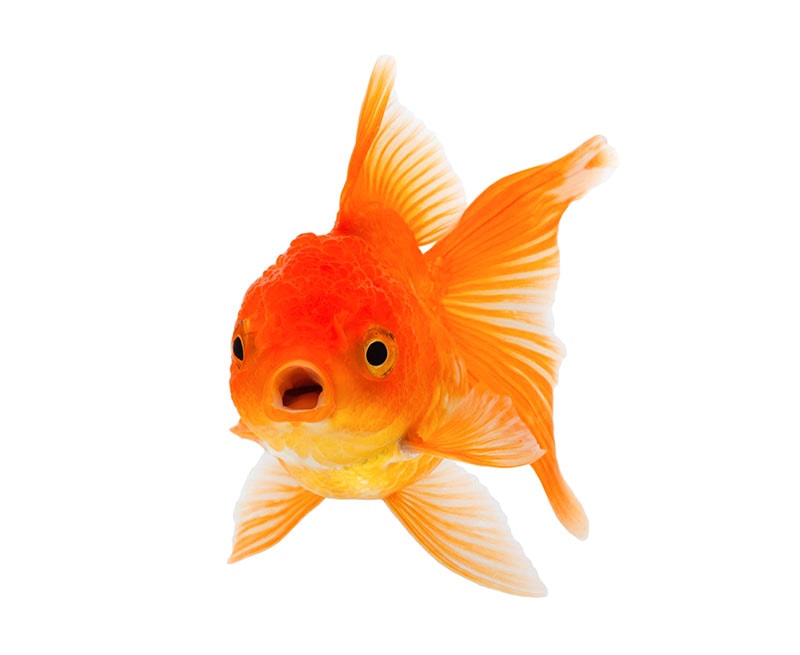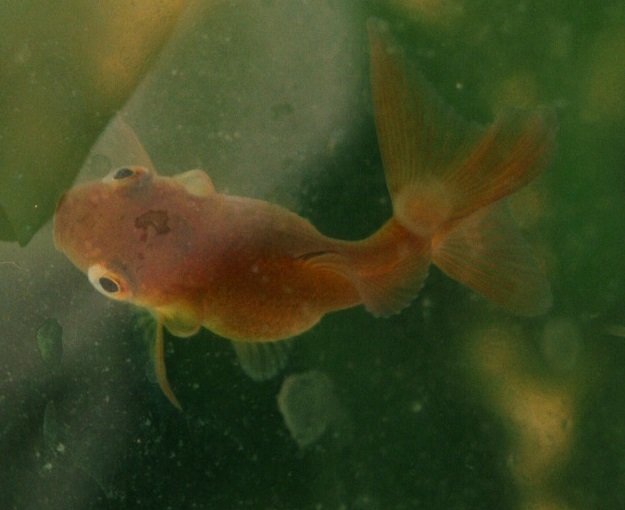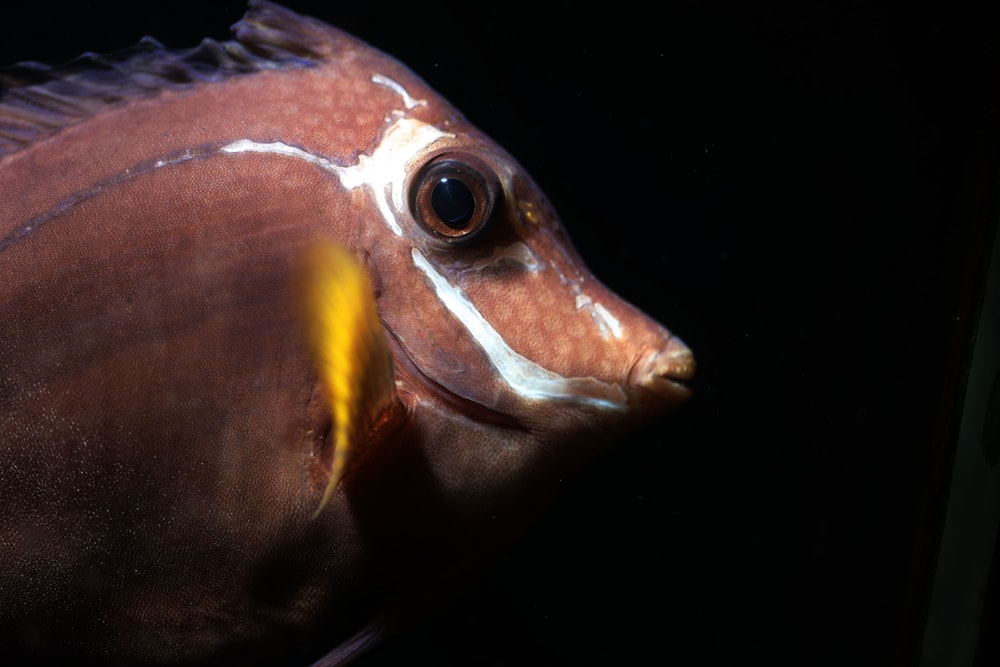Where Do Goldfish Come From? Origins & History
Updated on
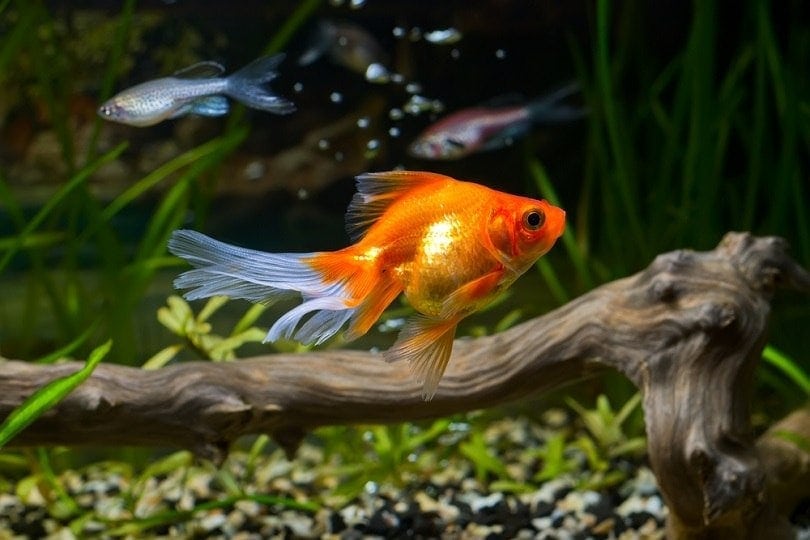
When you picture a pet fish, chances are that a tiny orange swimmer in a glass bowl comes to your mind first. Goldfish are one of the most easily recognized species in the world, but how much do you know about where they come from? You might be surprised that the goldfish swimming around your local pet store can trace their ancestry back to ancient China.
Keep reading to learn all about the origins and history of the goldfish, along with some facts about these popular pets.
The Goldfish: Where It All Began
Humans and goldfish have a history that spans thousands of years. In ancient China, the Crucian carp was commonly farmed for food. The fish were naturally silver or gray in color. During the Jin dynasty, around the 4th century, some Crucian carp hatched with red scales.1 Farmers began to selectively breed these colorful fish over the next few hundred years.
Around the 8th century, the Tang dynasty ruled, and people began to keep yellow-orange Crucian carp simply for show, stocking them in garden ponds. Around the 10th century, in the Song dynasty, yellow (gold) Crucian carp were considered a symbol of royalty. No one was allowed to own the fish besides the nobility. Chinese citizens could own orange Crucian carp and began calling them “goldfish.”
In the 13th century, goldfish began to be kept indoors rather than just in outdoor ponds. Breeding efforts produced the Fancy-tailed goldfish and fish with additional colors, including red fish with spots.
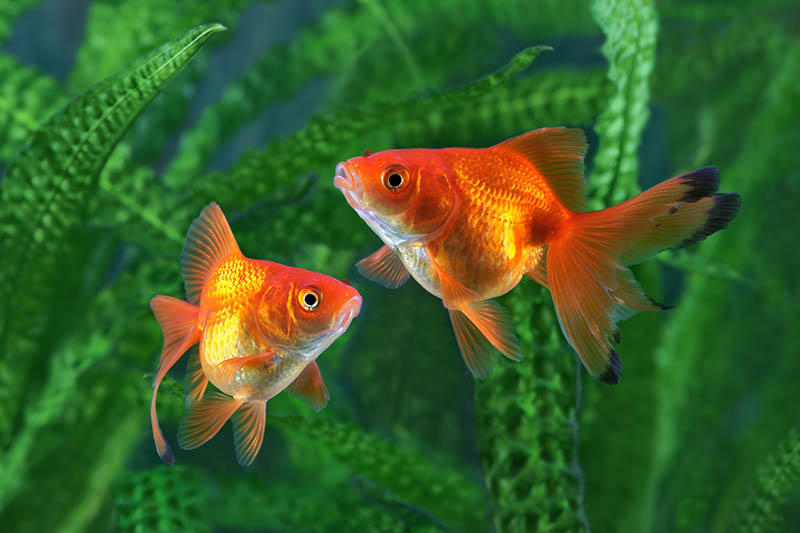
How Goldfish Spread Beyond China
In the early 17th century, goldfish first spread beyond China. Japan and Europe were the next to take up keeping goldfish as a hobby. Because these colorful fish are so easy to breed and hatch, they quickly became popular in their new lands. Breeders continued to select unusual colors and traits, including multiple fins.
Goldfish Reach the New World
Officially, it’s thought that goldfish arrived in America in the mid-19th century. However, some literature suggests they may have arrived earlier than that. The first official import of goldfish from Japan happened in 1878.
Over the next few years, the U.S. government gave away thousands of goldfish for free to Washington D.C., Virginia, and Maryland residents. Breeding populations of goldfish were soon found throughout the area. Commercial breeding operations were established by the end of the 19th century.
Demand for goldfish continued to grow until they were so numerous that they were frequently given away as prizes at fairs.
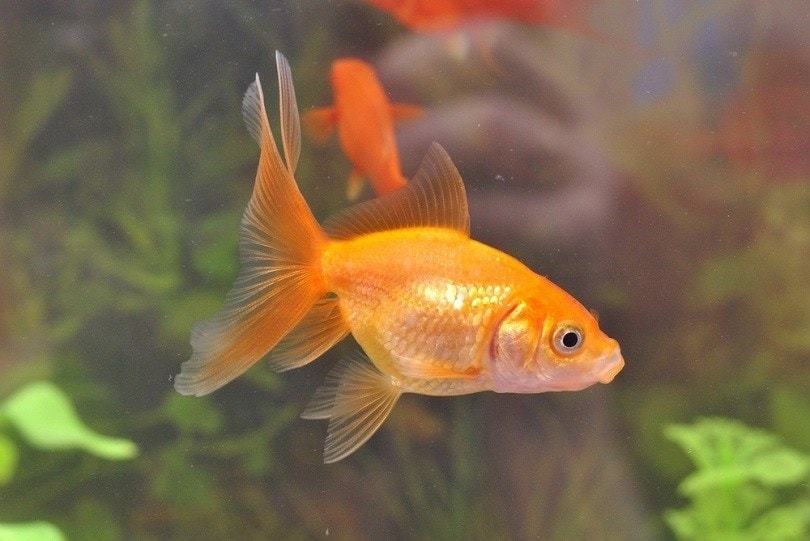
The Goldfish Today
Today, goldfish are the world’s most common and popular pet fish. They’re available at nearly any pet store, and you’ll find several sizes, shapes, and colors of the species, including Fancy goldfish. Goldfish are kept in indoor aquariums and outdoor ponds.
In some parts of America, goldfish pose an environmental threat. Domestic goldfish can live and breed with other wild carp. When pet goldfish escape or are deliberately released, they continue to reproduce and are considered invasive. These goldfish can overwhelm local ecosystems, threatening native plants, fish, and other species.
If you're new to the world of goldfish or are an experienced goldfish keeper that loves to learn more, we recommend you check out our best-selling book, The Truth About Goldfish, on Amazon.
From diagnosing illnesses and providing correct treatments to ensuring your goldies are happy with their setup and your maintenance, this book brings our blog to life in color and will help you to be the best goldfishkeeper you can be.
Facts About Goldfish
Here are some interesting facts about goldfish that you might not know.
- The oldest known goldfish lived to be 49 years old.
- Goldfish can be anywhere from 2 inches to 2 feet long, depending on the variety.
- Wild goldfish still exist in China but are usually gray or greenish.
- Goldfish prefer cool, freshwater environments and need twice as much aquarium space as tropical fish.
- Goldfish don’t have eyelids, so they sleep with their eyes open.
Final Thoughts
Goldfish may be common today, but we’ve learned that they were once reserved for royalty. These fish are so widespread that they’re almost treated as disposable pets, and they often die early from improper living conditions or from being released to spread havoc in the local ecosystems. Remember that any pet deserves proper care, and goldfish require a healthy diet and a large tank to live happily.
See Also:
Featured Image Credit: Skumer, Shutterstock

